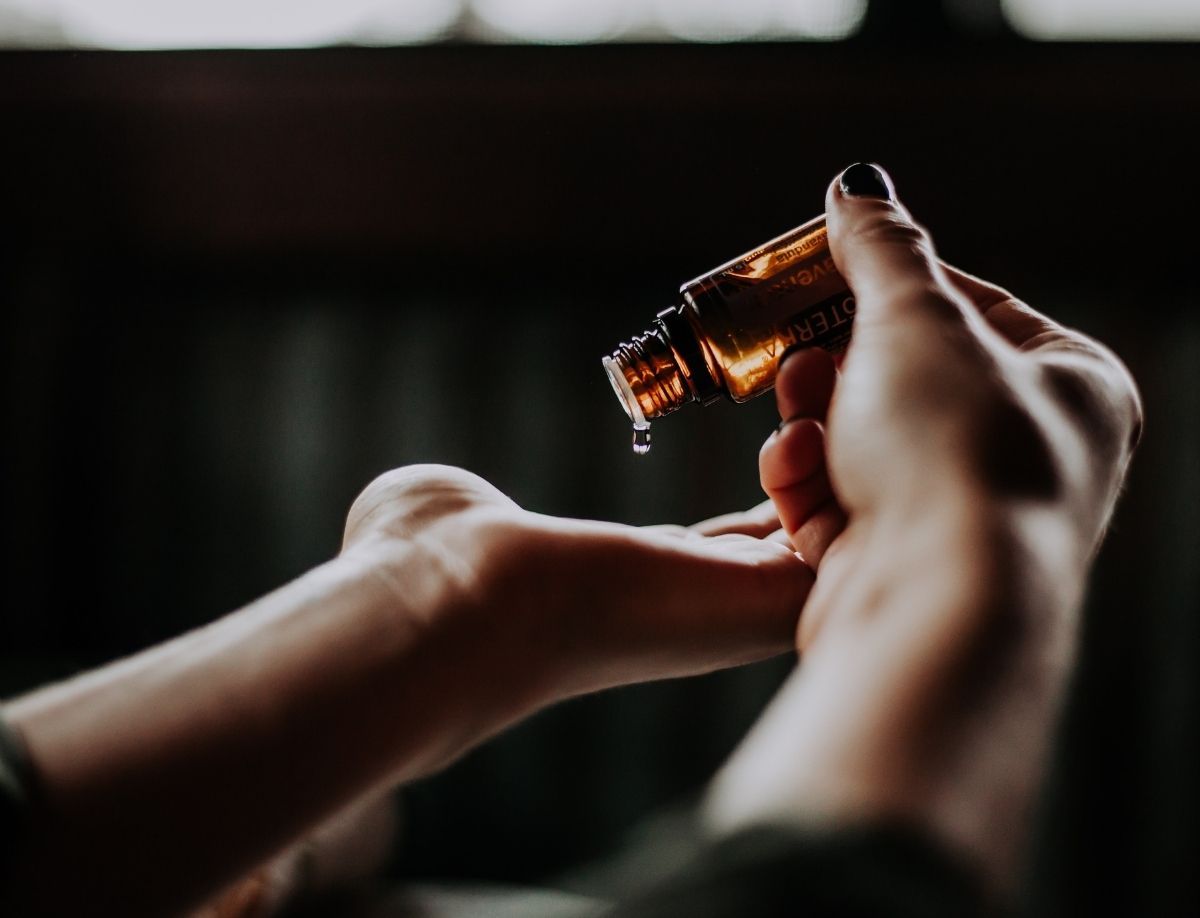What Goes Into A Cosmetics Label?
Richard Block
Nov 15, 2021 · 4 min read
What’s the first thing you think of when you read “cosmetics label”?
If you’re like a lot of Cosmetics Creators, you’re thinking: colors! Typefaces! Awesome logo! A design that really makes your package pop on the shelf or in the online cart!
But labels aren’t just exciting ways to package a product to look enticing to shoppers. There are actually very specific regulations for what your cosmetic product’s packaging has to say, and they depend on what’s inside. Certain technical and legal information must be incorporated before your product can go to market.
At Goldn, we’re happy to help Cosmetic Creators with issues like this. Here are three major areas you have to check off when labeling your cosmetic product for sale in the United States.
1. Classify Your Product
 Photo by pmv chamara
Photo by pmv chamara
When is a cosmetic not just a cosmetic? When it’s (also) a drug. Or when it’s soap (more below).
In any case, you need to make sure your product is classified correctly. Here’s how to tell:
- It’s a COSMETIC if: the product is “intended to be rubbed, poured, sprinkled, or sprayed on, introduced into, or otherwise applied to the human body...for cleansing, beautifying, promoting attractiveness, or altering the appearance.”
- It’s a DRUG if: the product claims to have some effect on the body’s functions, such as preventing perspiration or treating dandruff.
Some products can be both. Moisturizer? Cosmetic. Moisturizer with SPF? Cosmetic and drug.
The Food and Drug Administration requires different, more specific information on the label of any product that makes drug claims.
And then there’s soap. We mean pure soap, not “cleanser” that contains detergents. According to the FDA, soap “must be composed mainly of the ‘alkali salts of fatty acids,’ that is, the material you get when you combine fats or oils with an alkali, such as lye.” There are additional specific requirements, as well. The FDA doesn’t regulate soap that’s considered “soap” in the legal sense: that’s a job for the Consumer Product Safety Commission.
“Today there are very few true soaps on the market,” the FDA says. “Most body cleansers, both liquid and solid, are actually synthetic detergent products. Detergent cleansers are popular because they make suds easily in water and don't form gummy deposits.” You can still market a cleanser as “soap”—but you have to make sure it meets all of the packaging requirements for a cosmetic product.
2.Who Does What?
Label and package design comes at about the halfway mark of the product-development process. That is, it is usually done about midway between the project kickoff and retail launch.
Before design can take place, the formula must be final, so you have a final International Nomenclature of Cosmetic Ingredients (INCI) list. (That’s an ingredient list that conforms to specific standards.) Also, the primary packaging—the jar, tube, or bottle—has to be approved, so the designers know the format, shape, and size of the design they have to create.
Before you do the packaging design, you should also know what claims you’re making, if any, for your product. That means you know exactly what your product is intended to do, can back that up with scientific literature, and state it clearly and truthfully.
 Photo by Christin Hume
Photo by Christin Hume
If your product is strictly cosmetic, you need to make sure to use language about beautifying the body, not changing it—otherwise, you need to also make sure it fulfills the requirements for a drug.
You should know this ahead of time. If you leave the claims to the design stage, it can mean confusion with possible time-wasting and legal implications. Be clear on the claims from the Product Brief stage of the project.
Note that the FDA does not approve packaging before sale. In the United States, the manufacturer and/or the distributor (possibly the brand itself) are responsible for the accuracy of cosmetic labels. The FDA provides good manufacturing practices that will help ensure you’re on the right side of the law.
Who Does What Short List:
- Typically, the marketing team comes up with the name, intended use, and claims.
- Often, it’s the formulator who verifies and supports the claims, because they’re the ones with the expertise on ingredients’ effects and intended uses.
- The people in charge of the project would be responsible for ensuring that the claims are appropriate for the formula, and that the wording on labels and packages is correct for the category that the product will fall into. In other words, the manufacturer is responsible for making sure packaging and labels are not misbranded, and that they contain all the required information.
Important: registration for cosmetics is voluntary, but registration for drugs is mandatory. This related issue should also be taken care of at the same time.
3. Required Information for Cosmetic Labels
All of this prep work is important. Now, let’s get down to the nitty-gritty: what actually needs to be on the label.
The answer is ... it depends.
The rules are different depending on:
- Whether the product is a cosmetic, drug, or both (as we said before).
- How big the packaging is.
- If the product is for retail or professional use.
In general, here are some guidelines.
On the outer container of beauty product, on the front, these must be shown:
- The name of the product
- Identity (i.e., what it does)
- Warnings, if they’re needed
- And the net quantity of the contents
On the sides or other areas of the product packaging, the label must show:
- Directions for use
- Any necessary warnings
- The name and address of the manufacturer or distributor
- The ingredient list
- Any other required information
Furthermore, there are rules about how big the lettering needs to be, where it has to be placed, and that it has to be in English (in most cases).
Goldn recommends you check out the FDA website, and really get to know the rules. That way, you will be less likely to run afoul of the law. It’s also a good idea to contact a regulatory consultant early in the product development process; they can help make sure you get everything done right the first time.
Next Steps
Now that you’ve figured out what your product claims are, what labeling requirements apply, and how you’re going to present all the necessary information ... you can think about design.
 Photo by Polina Zimmerman
Photo by Polina Zimmerman
Here’s where graphics, colors, and other design elements can take a complex, highly regulated package and make it into a work of art—one that still does what you need it to do, both practically and legally.
We’d like to invite you to subscribe to our Facebook, Instagram, YouTube, and LinkedIn pages, and to keep reading our blog. Most importantly, we’d like to encourage you to sign up for Goldn and try out the Product Builder. It helps you get started on your next cosmetic masterpiece—fast, easily, and delightfully.
Our goal is to get your product to market quickly, with no snags along the way.
Written by
Richard Block
Richard Block is an editorial jack-of-all-trades at Goldn
Connect with Richard Block on LinkedIn.
When it comes to sustainable packaging, low- or no plastic is clearly the road forward for many Beauty Brands. But how do brands get there, especially beauty start-ups?
Nov 18, 2021 · 4 min read
Labels aren’t just exciting ways to package a product to look enticing. There are very specific regulations for what cosmetic product packaging has to say.
Nov 15, 2021 · 4 min read
The circular economy is a growing concept in a cosmetics industry that’s increasingly looking for greener, more sustainable solutions.
Nov 10, 2021 · 4 min read